Stay-Clean Packaging Machines Pay Off
You know what’s better than cleaning a packaging line? Buying machines so well designed they don’t get dirty in the first place. Think of the downtime you’ll save.
August 6, 2020
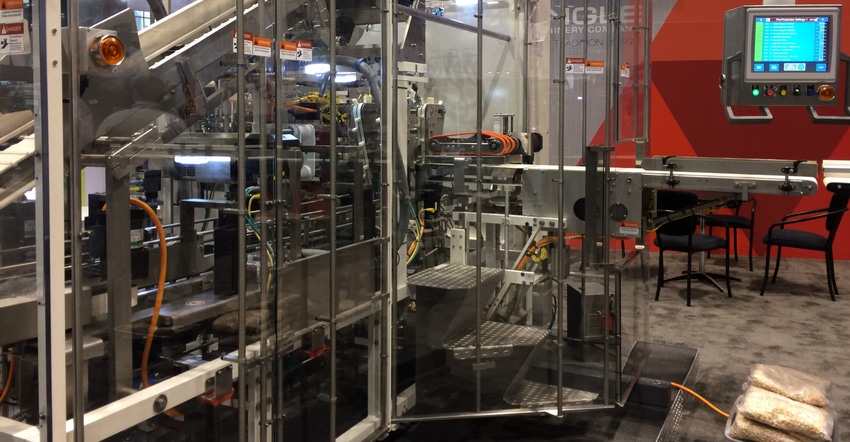
The best cleaning is no cleaning. That doesn’t mean you should run dirty packaging lines. It does mean that you should prevent them from getting dirty. How? Look for packaging machines designed for maximum cleanliness.
“Dirt” on a packaging line can include spilled or stray product. It also includes oil, grease, and belt shreds, as well as dust, trimmings, and chads from the packaging components (easy-open notches on pouches, for example).
Cabinet-style packaging machines are popular but can be a snakepit inside. A common problem is that cabinet door seals get worn or damaged and don’t get replaced. Damaged seals allow product dust to collect inside a machine. Closed doors mean nobody sees it, though, so it never gets cleaned. Out of sight, out of mind.
Liquid fillers will spill product no matter how hard you try to minimize it. If the top of the machine is not well sealed, spilt liquid will drip into the machine. Good seals, an inclined machine top, and a gutter will catch any spills before they hit the floor.
Whether the machine is an open or closed design, avoid flat surfaces wherever possible. Frames should be made from tubular or square material set on an angle. This will prevent dirt from collecting.
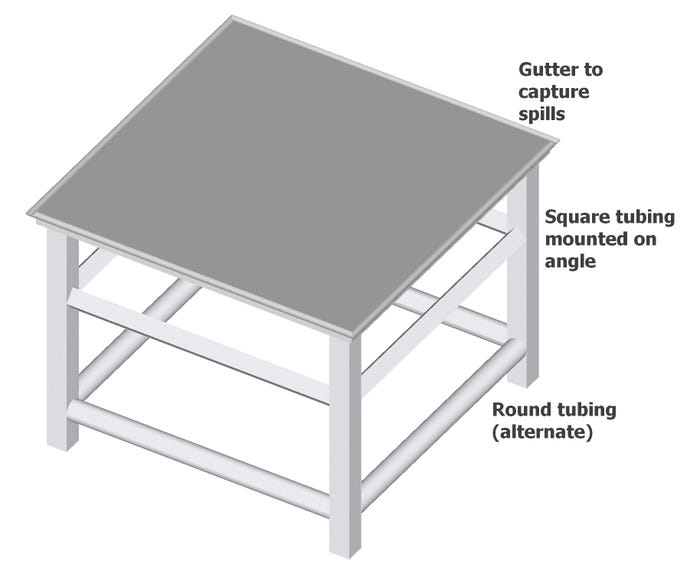
Invisibility can be fixed by replacing stainless-steel door panels with clear Lexan. This encourages cleaning, as well as repairing leaky transmissions, because the mess is now visible. One company took it a step further and put LED rope lights inside all its machines. Between being well lit inside and the Lexan doors, no dirt can hide.
Ever look inside a conveyor? It can be pretty nasty. Portholes in the conveyor frame can make inspection easier. Even better are sanitary conveyors. These are standard in pharmaceutical plants. The raised chain and closed frame help prevent spills and make cleanup easy. These are rarely used elsewhere but can eliminate a lot of contamination.
Open frames are another solution for keeping conveyors clean.
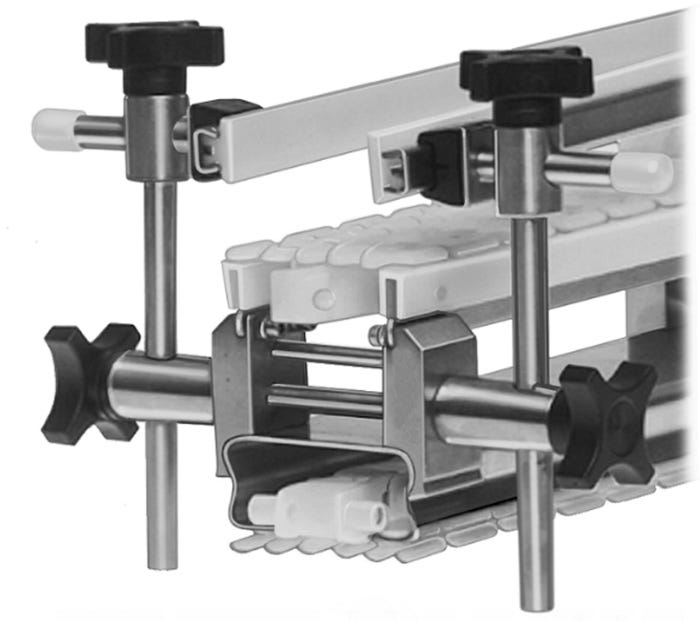
Square interior corners are great dirt catchers (so they’re bad designs). Tanks and bins should also have radiused (often called “coved”) rather than square interior corners for ease of cleaning.
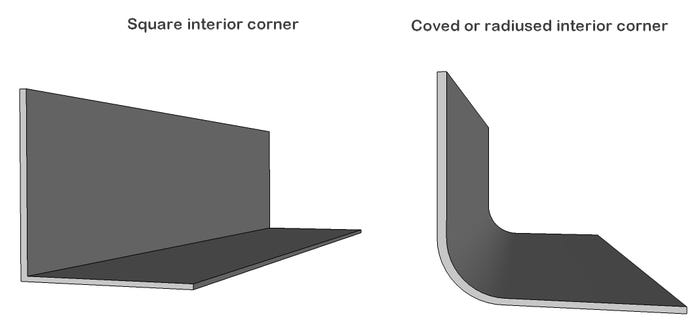
What about cost? Some of the structural enhancements may add cost to the machine. It’s a one-time cost but is highly visible because it appears on the purchase order. The temptation to save money is great.
Resist it.
The benefits of not having to clean as much are harder to see since they happen in small amounts day by day. That doesn’t mean they aren’t significant.
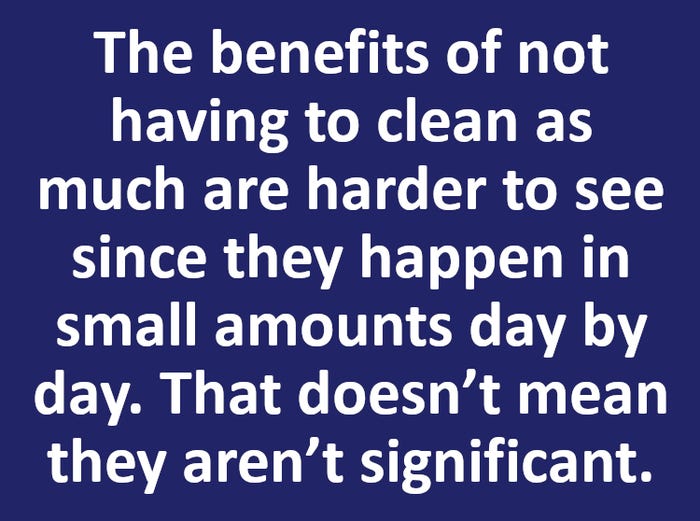
Saving 10 minutes from daily cleaning means the line can run an additional 41 hours a year (known as the 10W-40 rule). Put another way, that 10 minutes, on a 200-products-per-minute line, equates to almost half a million additional products in the marketplace, and even more in a multi-shift operation.
That extra half million products, year after year, will pay for a lot of packaging machinery extras in designing for cleanliness and ease of cleaning.
The most efficient cleaning is the cleaning you never have to do. Never do more than you have to.
About the Author(s)
You May Also Like


